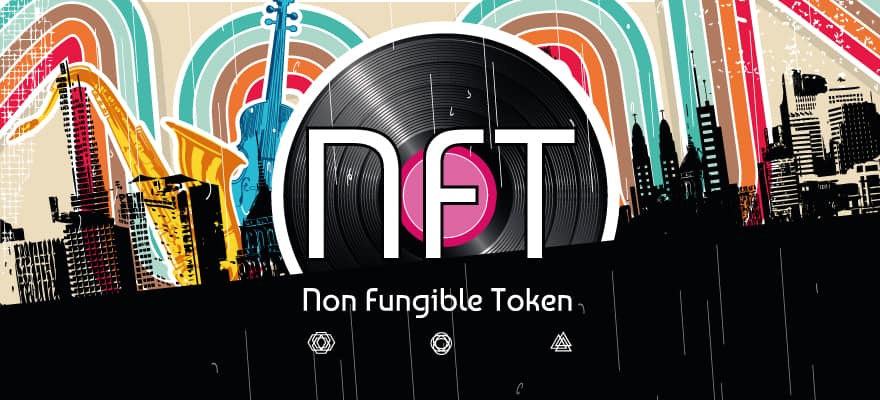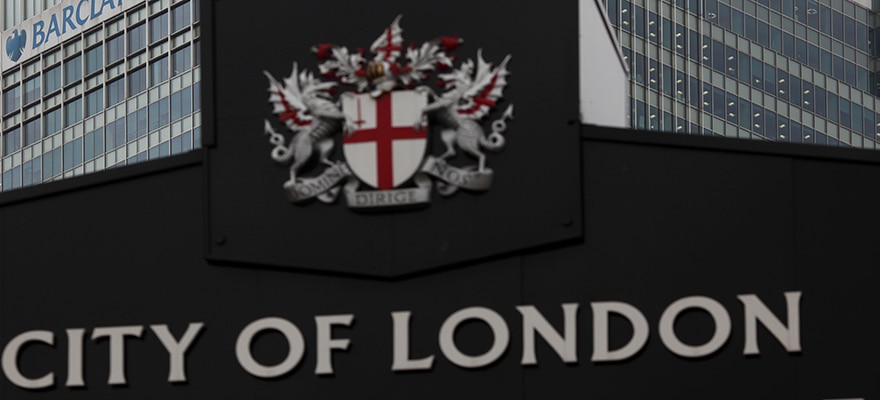This week I was having one of those analytical discussions with a rabbi who lives near me, who is interested in art and creativity.
Just a few weeks prior, he complained to me that his brothers and cousins are all a bastion of absolute success on Wall Street and that he regrets having spent so long studying only to find himself spending his weekends walking around our wonderful capital city on the British side of the Atlantic, attending galleries and art fairs which, whilst very much his passion, don't make money.
It is well known that many artists either never recoup in financial gain the huge amount of effort and talent that they expend in creating masterpieces which are enjoyed by enthusiasts for generations, or they become posthumously rich and famous, which is perhaps anathema to their hard work and enviable abilities.
This may be stretching things just a little bit, but something the learned rabbi told me struck a chord, which then led to a very in-depth debate between us on cryptocurrency investment and Blockchain distributed ledger technology.
What has cryptocurrency, a digital, non-physical concept which is purely about who can gain financially over others, got to do with art, which is the polar opposite? Art is subjective, analog and creative. Far removed from the cut-throat world of trading.
Or Is It?
My studious friend mentioned that he had heard of a man who had managed to encrypt art via graphic design into a cryptocurrency-orientated digital token and then sell it at a Christie's auction for over £50 million.
That's right. £50 million.
It has taken the Mona Lisa, one of the world's most famous art pieces by artist and scientist Leonardo Da Vinci an epoch to rise to its current insurance value of $850 million, yet this piece of crypto art is brand new and gets a huge price at a respected auction house.

Andrew Saks, Head of Research and Analysis at ETX Capital.
Mike Winkelmann, known as Beeple, is the man behind the concept. The huge collage of images, called Everydays: The First 5000 Days, was sold as a computerised asset, to be downloaded into the digital 'wallet' of the successful bidder. It marked the first time Christie's had sold a completely digital piece of art in its 250-year history.
The auction house also accepted payment in Ethereum, the second most popular digital currency after bitcoin.
Thus, we are not only witnessing the tokenization of art but the method of buying it transforming into cryptocurrency too.
The art is on a digital wallet, and so is the means of purchasing it.
My learned friend was astonished by his findings when he was told this by an art collector last week. He said, "How can a respectable auction house such as Christie's engage in this? It is very risky, but hats off to Beeple, he is a genius and perhaps this is the future".
Maybe. We all know how risky it is to invest in cryptocurrency by using good old-fashioned fiat currency. There has been a history of chancers running dubious unbacked exchanges simply harvesting real money, exchanging it for virtual money, and running away. Another unfortunate example of this occurred today when the Turkish crypto exchange, Thodex went down the pan, taking $2 billion of customer funds with it.
There is no recourse for that.
But, cryptocurrency as an underlying asset is a different matter.
Maybe Beeple is leading the way into a new digital market for art via what is known as non-fungible tokens or NFTs.
Twitter Founder Jack Dorsey sold an NFT of the first-ever Tweet for £2.1million, while others have included the newest album by Kings of Leon and a host of artworks being sold on the online marketplace, Opensea.
In the past week alone, a single piece of pixelated work that is part of a series called Cryptopunks – one of the more popular NFTs – sold for more than $1million.
There are some dissenters, and rightly so. Robert Norton, CEO of digital art verification firm Verisart, has branded the NFTs craze 'a moment of collective hysteria' and after the Christie's auction, Beeple himself converted his haul of Ethereum into cold hard cash, saying in an interview later: 'I think it's a bubble'.
Perhaps so. However, one thing this has done is disrupt, and disruption and diversification are two factors that cause Volatility and interest in new markets.
Next time you see a sandal-wearing, easel-toting beanie hat-clad creative type, maybe you'll view him differently, as a market mover and innovator as well as a creator of beauty.
Andrew Saks is Head of Research and Analysis at ETX Capital.

















